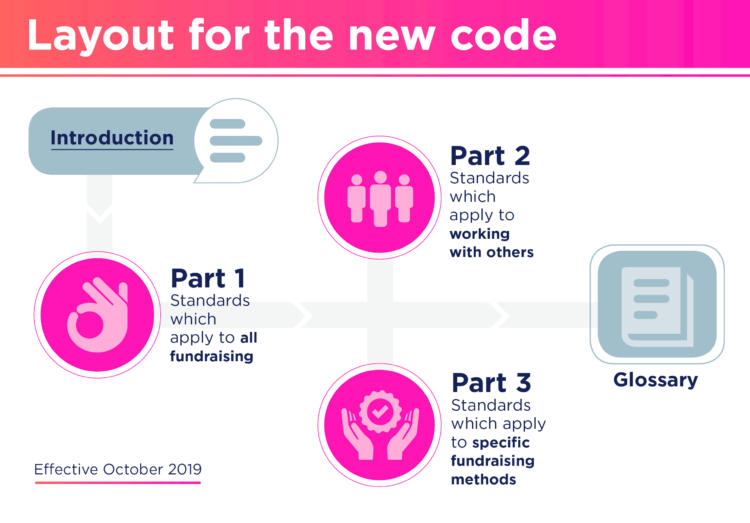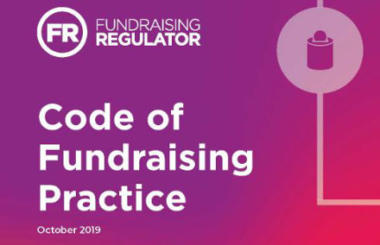The Fundraising Regulator has today published the final version of the new Code of Fundraising Practice, which will come into effect from October.
The implementation date was pushed back a month from September after representative organisations including the Institute of Fundraising and NCVO asked for the sector to be given more time to adjust.
The code sets the standards for fundraising by charitable institutions and third-party fundraisers in the UK.
The Fundraising Regulator's ten-week consultation that began in September revealed planned changes to the code, which was last reviewed before then in 2005.
Priya Warner, head of policy at the Fundraising Regulator, said: "[Fundraisers] said that for those who are new to fundraising or work in smaller charities, the code, rulebooks and legal appendices could be bewildering."
She said the new version of the code was "now easier to navigate and simpler to understand".
Code maintains trust and confidence
The code was written for all those responsible for fundraising within charities, including trustees and fundraisers.
"The other audience for the code is the public," said Warner.
"People may want to look at what the code says if they are unsure about the behaviours of people working in fundraising.
"And having standards in various documents, written in a way that offers no explanation of what certain terms mean, will not help them.
Changes to the code
"The new Code should feel quite different to what you will be used to in terms of style, language and structure," said Warner.
"The fundamentals – the way you should behave when fundraising and what you must do – haven’t changed."
In the final version of the new code, the 20 sections, three separate rulebooks and the legal appendices have been compiled into one single Code of Fundraising Practice.
This is made up of:
• Introduction
• Part 1: Standards which apply to all fundraising
• Part 2: Standards which apply to working with others
• Part 3: Standards which apply to specific fundraising methods
• Glossary

Differentiating the law
The new code uses "must" and "must not" in bold text to indicate a standard based on legal requirements.
Standards where "must" and "must not" are not in bold text are regulatory and not based on legal requirements.
The Fundraising Regulator also worked with lawyers to highlight where the Code varies because of legal differences between England and Wales, Scotland and Northern Ireland.
Related articles










